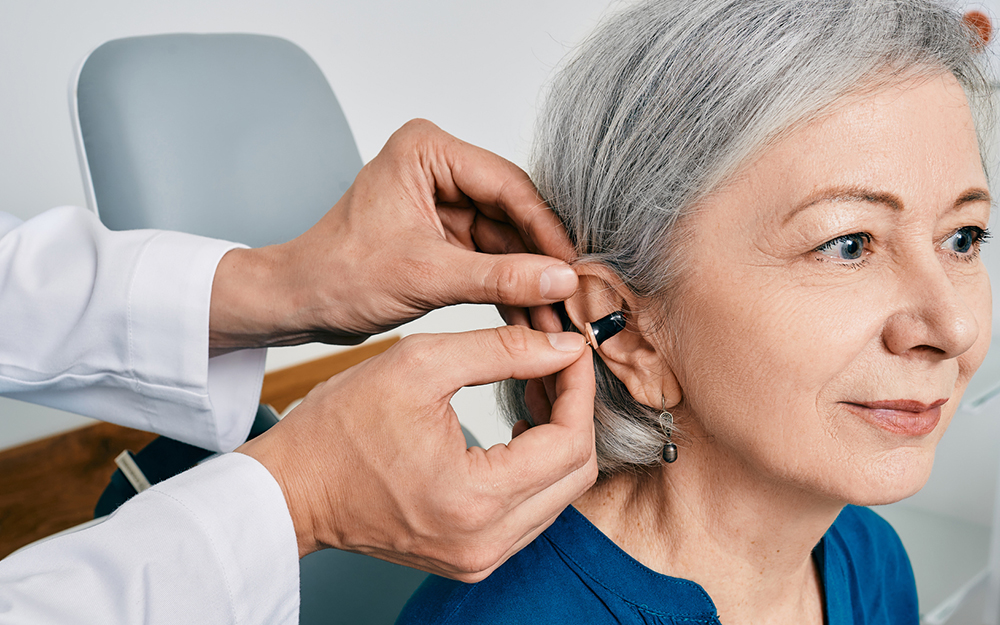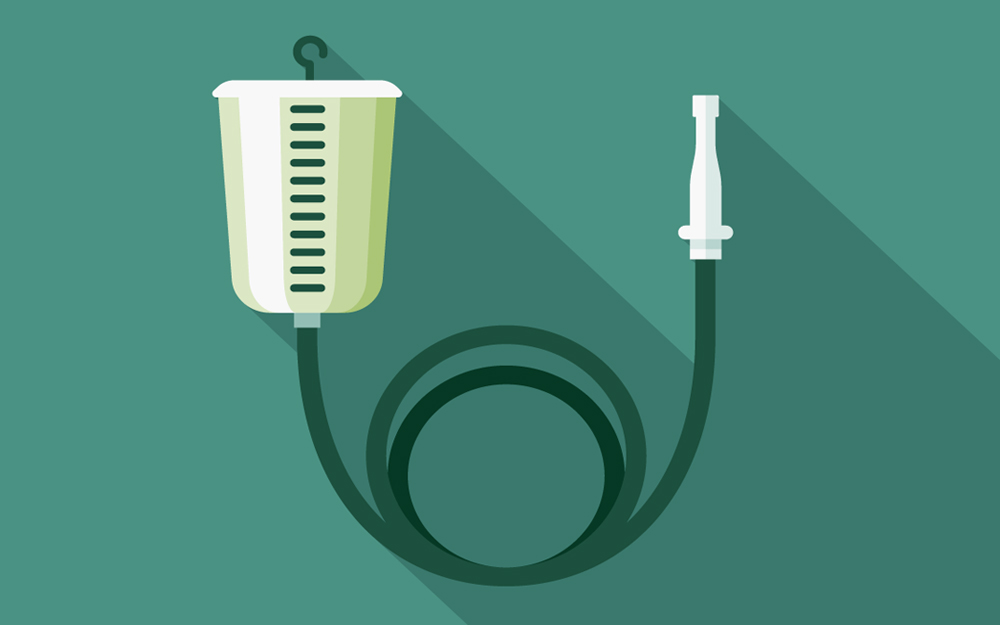What Is a Benign Tumor? Do I Need to Worry?
Date
April 30, 2018
Credits

Date
April 30, 2018
Credits
Medical providers featured in this article
In Brief
{{cta-block}}
Being diagnosed with a tumor is always scary. But there's good news, your doctor explains: Your tumor is benign, aka not cancerous. So that's a relief.
But you're still worried. It's a tumor, after all. You have questions:
Can it turn into cancer? Should it be removed? Will I be OK?
To get some answers, we sat down with Dr. Alexandra Gangi, surgical oncologist at Cedars-Sinai's Samuel Oschin Comprehensive Cancer Institute.
"Even though most benign tumors are harmless and can be left alone, it's important they be monitored."
Q: What is a benign tumor?

Dr. Alexandra Gangi: Like all tumors, a benign tumor is a mass of abnormal cells. But unlike malignant (cancerous) tumors, they can't move into neighboring tissue or spread to other parts of the body. Sometimes they're surrounded by a protective sac that makes them easy to remove. Blood tests, a biopsy, or imaging—like an X-ray—can determine if the tumor is benign or malignant.
Q: What are the most common types of benign tumors and their treatments?
AG: There are many kinds, but 4 stand out:
- Adenomas are benign tumors that develop in organs and glands. A polyp is a common one found in the colon. Less than 1 out of 10 become malignant. If necessary, they can be removed with surgery.
- Fibroids are the most common noncancerous tumors found in the uterus. Some have no symptoms, but fibroids can become painful if they grow into the tissue of the uterus. If this occurs, they may need to be surgically removed.
- Nevi tumors are moles that grow on the skin and can appear anywhere on the body. They vary in size, shape, and color, like shades of pink, tan, brown, or black. Check with your doctor if a mole has changed in color and size or has spread. This may indicate skin cancer and require removal.
- Osteochondromas are the most common noncancerous bone tumors in children and young adults. They happen when there's an overgrowth of cartilage and bone. Common symptoms include joint or muscle pain, one limb being shorter than the other, or a hard mass. In most cases, these tumors don't need treatment unless they're painful. Medication can treat the tumor or symptoms, and an X-ray can show where the tumor is and determine if surgery is needed.
Q: Why do these tumors form?
AG: Nobody knows. One theory is that there's something wrong in the way the cells grow. But that doesn't mean the tumor will spread like a malignant tumor does.
Q: How are benign tumors treated?
AG: Benign tumors will sometimes be removed for cosmetic reasons. Some fibroids or moles can grow or spread to other parts of the body. They should be frequently checked to make sure they're not becoming precancerous. Even though most benign tumors are harmless and can be left alone, it's important they be monitored. And any tumor that is painful or growing requires a visit to the doctor.





